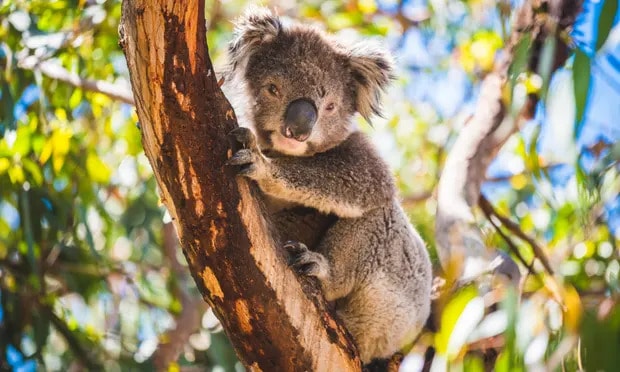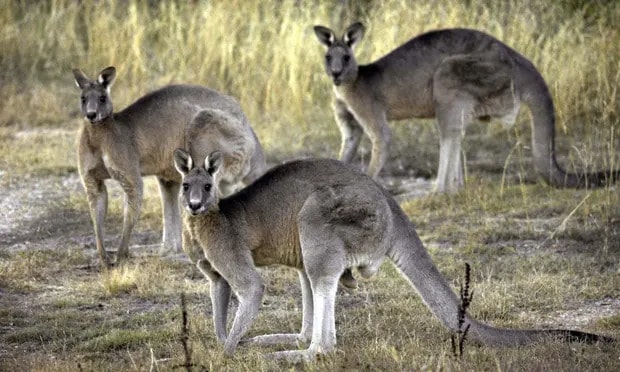The culling of feral horses in Victoria’s Alpine National Park will go ahead after the Federal Court ruled that alpine brumbies should not be protected.
The Australian Brumby Alliance Inc tried to stop Parks Victoria from actioning its plan to cull the feral horses, which it claimed would impact on the park’s heritage value.
But that argument was dismissed by Justice Michael O’Bryan this morning in the Federal Court of Australia.
“I am not satisfied that the action, involving the removal of brumbies from the Bogong High Plains and the reduction in number of brumbies in the Eastern Alps, will have or is likely to have a significant impact on the National Heritage values of the Australian Alps,” he said.
The Alliance specifically sought to stop Parks Victoria from trapping or removing any brumby in the Bogong High Plains area of the Alpine National Park under the Plan, and from taking action that might cause significant depletion of any of the other populations of brumbies in the Alpine National Park.
Under the 2018-2021 plan, the entire Bogong High Plains feral horse population — about 100 horses — will be culled as part of a medium-term management objective.
Parks Victoria has been unable to carry out its feral horse management plans for the past 18 months due to the injunction, but will now deploy small teams of ground-based professional shooters into high conservation priority locations to cull the horses, with assistance from thermal imaging and equine veterinary oversight.
The longer-term program of trapping and rehoming of feral horses will continue.
‘Sound science and law’
The move has been welcomed by environmental groups that had raised concerns the feral horses were having a detrimental impact on the delicate alpine terrain in the region.
“The court’s decision clearly affirms that Parks Victoria’s responsibility is to manage the Alpine National Park for the conservation of its unique native plants and animals,” Invasive Species Council CEO Andrew Cox said.
“We congratulate the Victorian Government for pushing forward using sound science and the law.
The Victorian National Parks Association also welcomed the Federal Court’s decision.
“The moss beds and fens, high altitude wetlands and peatlands listed as threatened under both Victorian and national environmental laws are especially vulnerable to trampling by horses, and any other hard hooved animals,” said Association’s Park Protection advocate Phil Ingamells.
Brumby lovers devastated
The Liberal Member for Benambra, Bill Tilley, had wanted to see some of the brumbies on the Bogong High Plains remain undisturbed.
He said the decision to cull the brumbies was based on flawed evidence.
“Brumbies have been blamed for the damage being done by the explosion of deer in the high country,” he said.
“As I have said in Parliament, it’s not the brumbies wallowing in the moss beds, nor is it the brumbies chewing and rubbing against the snow gums.”
Mr Tilley said the decision should have been delayed until a University of Southern Queensland study examining brumbies in the alpine region was released.
The Australian Brumby Alliance has described the decision as “devastating”.
“They have had a slice of their heritage history that is very much a part of their particular background ignored, ditched and now imminently being destroyed,” Alliance’s president Jill Pickering said.
The Alliance, which will have to pay the respondent’s costs for the proceedings, has confirmed it will consider launching an appeal.
Lead Image Source: Supplied by Parks Victoria
This article was first published by ABC News on 8 May 2020. .
What you can do
Support ‘Fighting for Wildlife’ by donating as little as $1 – It only takes a minute. Thank you.







Leave a Reply